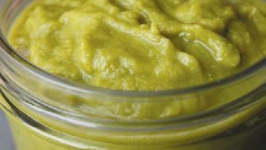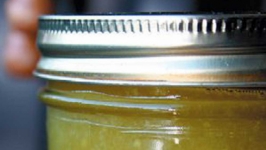The Refreshing Health Benefits of Mint
Pungent and peppery, mint offers refreshing health benefits
Nothing wakes the senses quite like the smell of freshly crushed mint. This common herb offers an invigorating boost to food and drink, and many health benefits as well. Mint is a wetland plant, and can easily be spotted growing in abandoned meadows or along waterways. Hoary mountain mint (Pycnanthemum incanum) “is widespread along the East Coast, including New Jersey,” says Johann Rinkens of Fields Without Fences in Frenchtown, a certified organic farm that grows and sells medicinal herbs. “It’s a native wildflower, and pollinators love it.”
Rinkens and his wife, Lindsay Napolitano, grow several varieties of mint on their farm including peppermint, spearmint, chocolate mint and apple mint—all of which are derived from wild mint varieties. “Peppermint is spicier and warmer—spearmint and apple mint are more on the mild side,” Rinkens explains.
The varying pungencies of these different types of mints have their place when it comes to application. “A cup of mint tea after a meal helps expel gas and can reduce bloating and indigestion,” Napolitano says. “However, if you’re drinking it directly after a meal, choose spearmint over peppermint—it’s more mild, and gentler on the system. It’s better to consume peppermint well after eating.”
Part of the reason mint is good for digestive upset is because of its ability to suppress muscle spasms. This can benefit other functions of the body as well.
“The antispasmodic quality of mint can help ease stomach cramps and inflammation in the respiratory tract, alleviating coughs and congestion— even hiccups,” says Napolitano, who has extensive training in herbal medicine. What’s more, it’s agreeable to most people, even children. “It’s a gentle, nontoxic herb that very few people have sensitivities to,” she explains.
Though herbs are not often recognized for their nutritional benefits the way that fruits and vegetables are, mint has many worth noting. “Mint is a good source of iron,” says Meredith Yorkin, a registered dietitian at University Hospital in Newark. “A quarter-cup serving has 15% of the recommended daily value for women, and 34% for men. Iron is important because it helps bring oxygen to all organs of the body.”
In addition, mint is high in free-radical-fighting antioxidants.
“The same serving of mint provides about 40% of the daily value of vitamin A for men, and about 31% for women. Vitamin A is a powerful antioxidant, particularly beneficial to eyesight,” Yorkin says. She also notes that mint contains another antioxidant called rosmarinic acid, which has been shown to help reduce inflammatory allergy responses like sneezing and congestion.
Though a quarter cup of mint may seem like a lot to some, it makes an easy and tasty addition to smoothies, salads, and meats like chicken and lamb.
“Herbs are really awesome—they are powerful yet underutilized,” Yorkin says. “Mint makes a wonderful addition to a healthy diet. It tastes good, it’s good for you, and last but not least, it freshens your breath.”










